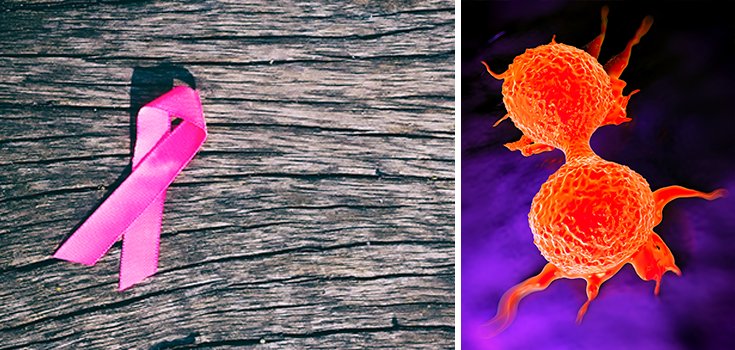This Chemotherapy Drug May Help Breast Cancer SPREAD

An anticancer drug known as paclitaxel may actually cause breast cancer to spread to the lungs, according to the rather horrifying results of a recent study.
Earlier in 2017, a study revealed that chemotherapy may cause cellular changes in both a breast cancer mouse model and in a small number of human breast cancer sufferers.
Tsonwin Hai, a professor of biological chemistry and pharmacology, and a team of colleagues have built on this research by studying the effects of the chemotherapy drug on the spread of breast cancer cells to the lungs.
Paclitaxel is one of the first lines of defense for several types of cancer, including ovarian, breast, and lung cancer.
In the recent study, Hai and her team evaluated a rodent model as well as data from breast cancer patients to determine the ways in which paclitaxel may enable breast cancer to metastasize (spread from one part of the body to another).
The scientists found that in those who underwent chemotherapy, a gene called Atf3 – which is activated by stress – is over-expressed compared with individuals who did not receive the treatment.
Hai said:
“This gene seems to do two things at once: essentially help distribute the ‘seeds’ (cancer cells) and fertilize the ‘soil’ (the lung).”
Signals sent by the chemotherapy increase the number of “molecular doors,” or openings, which allow cancer cells to escape from the main tumor into the bloodstream, where the cells are then free to travel to other organs. [2]
Hai explained:
“I think it’s an active process—a biological change in which the cancer cells are beckoned to escape into the blood—rather than a passive process in which the cancer cells get into the bloodstream because of leaky vessels.”
Likewise, paclitaxel appears to create a chain of events that makes the lung tissue a potentially fertile breeding ground for circulating cancer cells to take hold and spread.
Said Hai:
“There are signals that help cancer cells enter the lungs and set up shop, that make the environment more immunologically tolerant to cancer cells.
At this point, what our study and the recent literature on chemotherapy taught us is that it is prudent to keep our mind open, realizing that chemo can help treat cancer, but at the same time may increase the possibility of the spread of that cancer.”
More research is needed to learn whether or not the findings in rodents also apply to human cancer patients. Breast cancer cells tend to be more aggressive in mice.
She concluded:
“That chemotherapy can paradoxically promote cancer progression is an emerging revelation in cancer research. However, a molecular-level understanding of this devastating effect is not clear.”
Of course, there have been other studies that have suggested that chemotherapy either makes cancer worse, or spreads it to other locations in the body.
A 2016 study by Public Health England and Cancer Research UK found that, across England, 8.4% of patients with lung cancer and 2.4% of breast cancer patients died within a month of starting chemo, suggesting that the treatment itself is what killed them. The percentage of cancer patients who died within a month of starting the treatment was much higher than that at some hospitals. [3]
Cancer is an evil beast, and no one with cancer should ever be shamed or ridiculed for the treatment they choose. But in light of the growing body of evidence that chemotherapy and other anticancer drugs often do more harm than good, doctors would be wise to encourage patients to at least investigate other treatments.
Sources:
[2] Medical Xpress
[3] The Telegraph

Didn’t Raymond Rife cure cancer? Then the AMA destroyed his reputation and stole his research?
No he didn’t. Unfortunately, given what we know today about cancer (it’s hundreds of different diseases), the likelihood that a magic cure will ever be found is zero. Cancers are so diverse, heterogeneous and mutable that the approach based on looking for one is conceptually absurd.